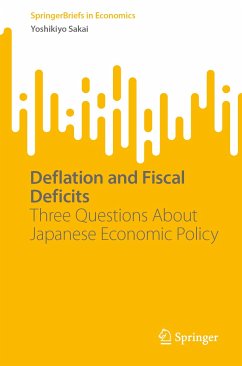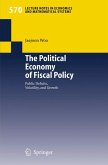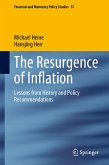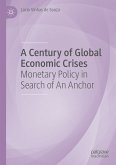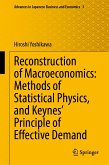In this study on the Japanese economy, the author focuses on three problems related to economic policy and presents their answers. The author analyzes (i) what mechanisms exist for fiscal policy and the price level, (ii) whether the MMT proposition that public deficits increase people's wealth and savings fits into the standard macro model, and (iii) whether Blanchard's assertion that fiscal deficits are net wealth in the US economy can be applied to Japanese economy as well. The propositions of Sims' FTPL, Kelton's MMT, Japan's Ricardian type argument, and the non-Ricardian type of government by Blanchard have been understood as independent economic perceptions, but they will be theoretically shown as a coherent story. Namely, this study presents a macroeconomic framework that includes the financial sector and derives Sims' proposition that "fiscal policy can be the sole determinant of the price level." It also shows that MMT's claim that "budget deficits increase our wealth and collective savings" can inevitably hold within this framework. Furthermore, it presents a model that consistently explains that public debt leads to financial collapse and contributes to economic welfare.
Dieser Download kann aus rechtlichen Gründen nur mit Rechnungsadresse in A, B, BG, CY, CZ, D, DK, EW, E, FIN, F, GR, HR, H, IRL, I, LT, L, LR, M, NL, PL, P, R, S, SLO, SK ausgeliefert werden.

